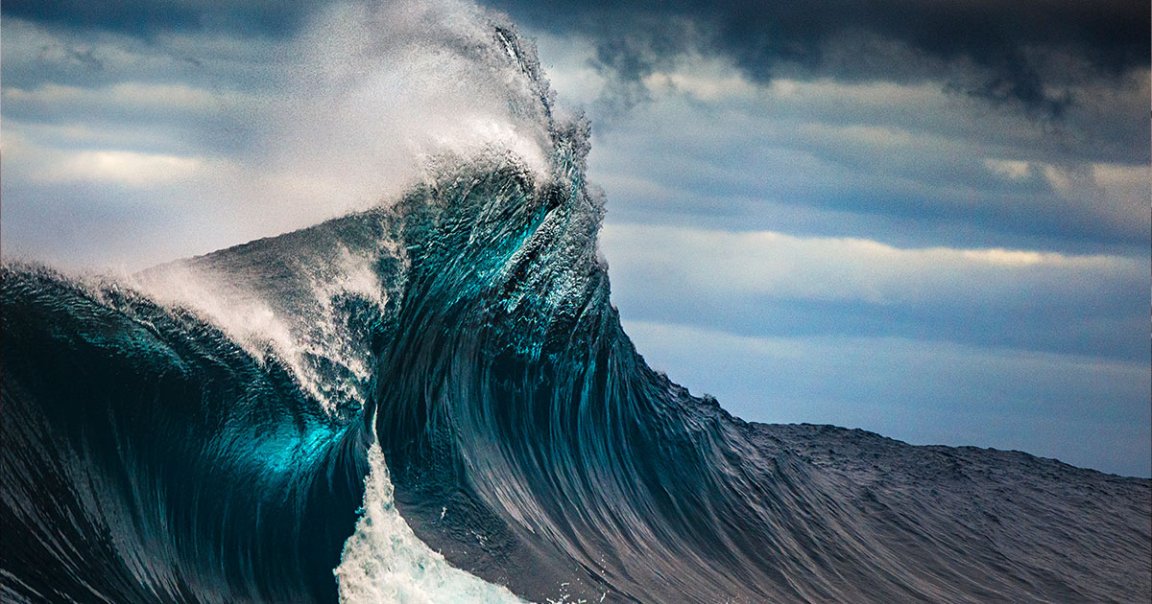
Ride the Barrel
Waves off of California’s Pacific coast have been getting demonstrably bigger, even in the winter — and scientists were able to use a trove of non-digitized records to figure out why.
As the San Francisco Chronicle reports, a new study out of UC San Diego’s Scripps Institution of Oceanography looked at decades of daily seismological readings that not only logged earthquakes, but the signals produced by ocean waves as well. Their goal: to figure out why the coast has been experiencing unusually-huge waves in the winter months between November and March that keep damaging coastal communities.
The team logged seismological records from the 1980s onward to explain why average winter waves increased by about a foot in height per decade.
Spoiler alert: it has to do with global warming.
Choppy, Dude
It was, as study author and research oceanographer emeritus Peter Bromirski told the Chronicle, a labor-intensive process to scan and digitize decades of daily seismograms — but it yielded some pretty impressive results.
“As these waves interact with the coast and the seafloor, they push and pull the seafloor, and that creates a force,” Richard Aster, a Colorado State University seismologist who was not directly involved in the study but did provide commentary on a previous draft, told the newspaper. “And that force creates seismic waves that propagate all over the world.”
The Scripps team found, for example, that between the years of 1996 and 2016, instances of extreme waves more than doubled compared to the decades prior to 1970, around the time scientists believe global warming accelerated.
There are a number of reasons for this phenomenon, including, as the report notes, what’s known as the Aleutian Low, a low-atmospheric pattern above Alaska’s Aleutian Islands in the wintertime that is often associated with storms in the Pacific.
While patterns like the Aleutian Low are annual and relatively expected, there are others that may take place over longer periods of time affecting the increased instances of storms and, ultimately, waves.
“As sea level rises and the waves get bigger, you get an aggravated effect in terms of coastal impacts,” Aster explained, an effect that will only keep building as global temperatures rise.
More on ocean findings: New Scan of Seafloor Is So Detailed, You Can See an Individual Crab